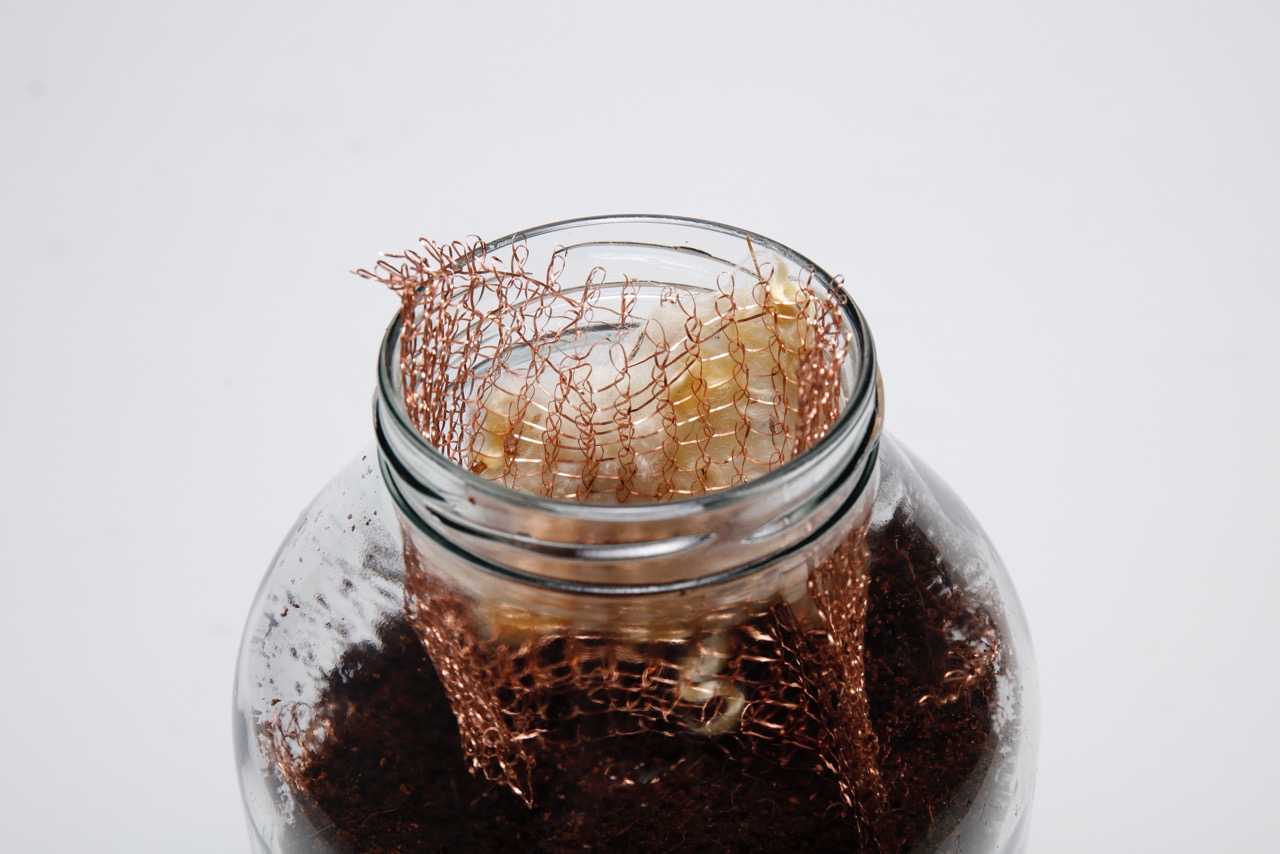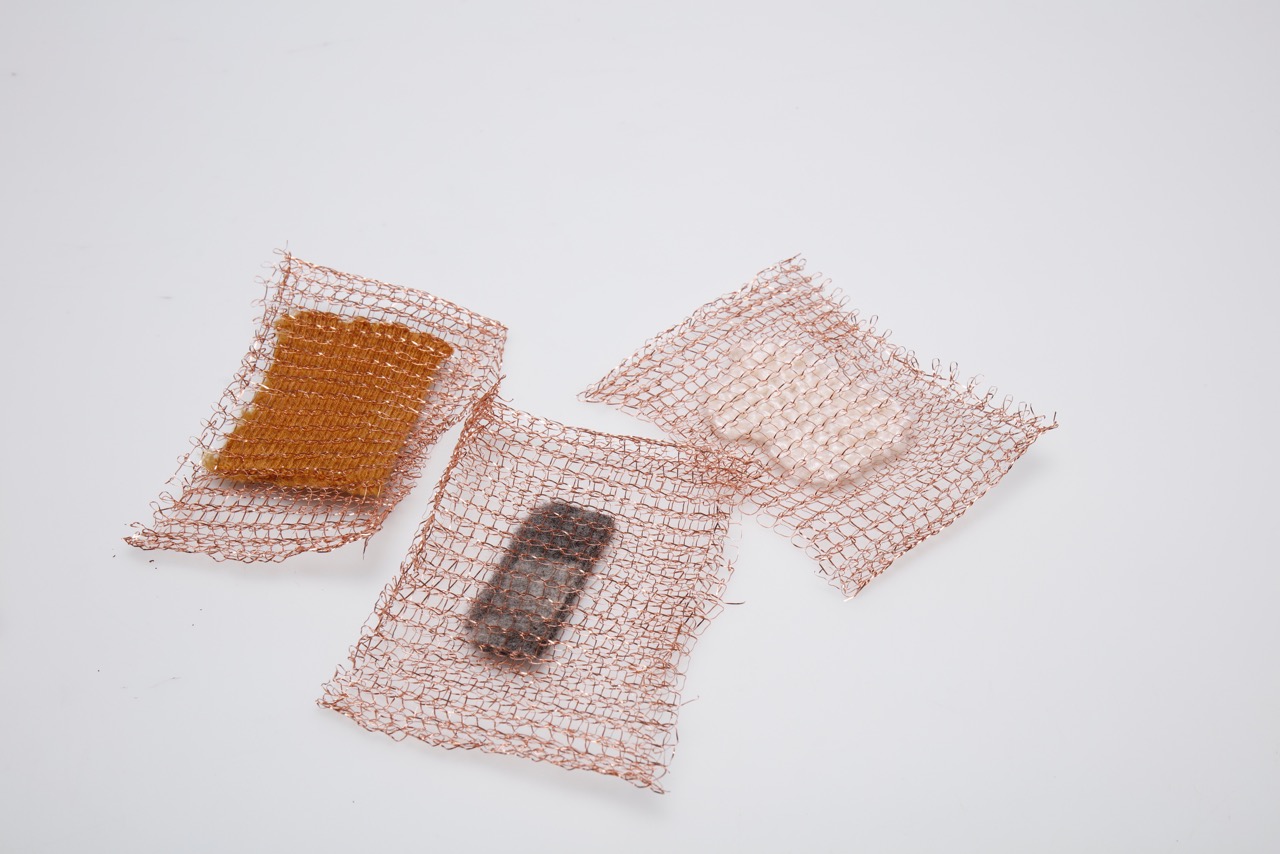
After millions of people joined the Global Climate Strikes in September, the pressure on fashion brands to reassess their material choices has never been higher. With an ever-escalating focus on the reduction of single use plastic, the accumulation of synthetic microfibre waste in ecosystems is a growing global concern.
Microfibres are able to slip through filtration systems, making their way into waterways uninhibited. Unlike natural microfibers, synthetic microfibers do not degrade quickly. With around 63% of clothing being constructed from synthetic fibres, over half of garments shed synthetic microfibres that pollute water systems throughout their lifecycles. The detergents, fabric softeners and temperatures used during wash cycles can make a difference to the quantity of fibres shed, but consumer and industry understanding of the complexity of the issue has not yet come far enough.
On defining just how many synthetic microfibres are shed per wash, The Plastic Soup Foundation noted Mermaids Life+ Consortium’s research, “between 600,000 and 17.7 million synthetic microfibres are released in every 5-kg wash”.

With initiatives to use yarns from recycled ocean plastic becoming more common, investigating the impact of these noble initiatives is essential. Taking plastic from the ocean to spin into a new yarn is a responsible intention, but what happens to the synthetic yarn in that garment once it re enters the water systems as microfibres during the numerous wash cycles of its lifespan?
Can these fibres be caught before entering the oceans?
Companies such as Cora Ball look to solve the problem by intercepting it from the wash cycle end, capturing the loose fibres within the machine drum. Similarly, The Guppy Friend aims to capture microfibres during the wash cycle. With varied measures of success, however, it is apparent that the key innovations must be made during material decision-making. Designers need to ‘design out’ the problem of synthetic microfibers at the start of design processes.
Why mixed fibre yarns are problematic for textile recycling:
It is often assumed by consumers that reducing synthetic content within garments is a form of sustainable purchasing. This however, is not the case.
35% of all textiles is made of poly/cotton blends. These blends are difficult to separate once twisted. For textiles, recycling is not a simple task. Less than 1% of ‘textile to textile’ recycling operates currently. Even where this takes place, the textile processes used to create the original garment impact the next stage of processing, such as chemical finishing, dyes and garment trims.
For 100% petrochemical based garments, fabrics can be melted down and extruded into new yarns. But the new garment created will still continue to shed fibres, and the chemical processes applied to the original garment will transition into the new.

Could 100% cotton be the answer to recyclable garments? This potential solution faces challenges of its own. The strength of natural staple fibres in comparison to filament yarns is lesser. Cotton fibre staples are shortened through abrasion during garment wear and wash cycles, so re spinning cotton requires the inclusion of virgin cotton to improve strength and durability in the up-cycled yarn. This reliance on virgin materials to reinvigorate recycled fibres is not ideal, nor is the fact that that the lifecycle of the newly created garment could be shortened due to lower fabric resilience.
Biodegradability of fibres:
Cyndi Rhoades writes in A new dawn for textiles recycling for Fashion Revolution, “about 45-50% of collected clothing is shredded and ‘down cycled’ into lower value products, like industrial wipers…However once ‘down cycled’ there are no collection methods. This means that any remaining textiles is incinerated or sent to landfill”.
This is arguably where natural fibres become a strong contender as the material of choice for ocean ecosystems as they degrade quicker. In contrast to the resilience of wool when worn, it degrades within a matter of months in the right compostable conditions. Made from the protein Keratin, wool is broken down by fungi in the earth.
The International Wool Textile Organisation stated, “in the UK alone, around 350,000 tonnes of used clothing go to landfill every year. The numbers are similar for other developed countries. Products made out of synthetic fibres can take 30-40 years to degrade, contributing to the ever-increasing piles of waste in landfills. Because it naturally degrades in a fraction of that time, wool is the obvious choice for anyone concerned about the health of our planet”.
On paper, perhaps this makes wool the perfect fibre solution for ocean plastic reduction? However on an ethical level, this fibre does have some controversy. After PETA found abusive treatment of animals at sheep rearing facilities earlier this year, Boohoo announced the removal of wool from their knitwear collections, before hours later retracting their statement after criticism.
This suggestion of a fast fashion brand removing animal fibres from their clothing reared an interesting question: if the fashion industry was to remove wool from clothing, what would the impact be? Although brands such as Stella McCartney are developing vegetarian leathers from natural sources such as fungi, it is important to note that many vegan garments are produced using synthetic fibres. This could be problematic. Should the gap in the wool market be filled by synthetic alternatives, rates of synthetic microfibres entering the oceans would dramatically increase.
What could be the way forward?
Navigating the path of sustainable design and production methods to reduce ocean plastic pollution is context specific. No one solution solves this synthetic microfiber problem.
The Plastic Soup Foundation discussed their stance on the way forward: “The ultimate solution lies in the production of yarn that loses less or preferably no fibres at all. Furthermore, washing machine manufacturers could develop filters that prevent the fibres from getting lost with the rinse water. For this reason, in 2016, Plastic Soup Foundation launched the campaign Ocean Clean Wash, with which we want to bring all the parties involved in the value chain together in order to find solutions to the problem.”
Further research is also essential to further educate designers and consumers. This October sees the launch of eXXpedition Round The World. Their aim is to connect with the oceans during a 2 year voyage, taking hands on research processes and challenges to discover and document the problems created by single-use plastics. With such a focus being dedicated to the ocean plastic problem, it is essential that synthetic textiles are recognised as culprits of this problem as well as single use plastic, and the industry focuses on further research, teaching and problem solving.
Perhaps a further remedy to the problem lies in introducing and enforcing stricter government legislation, compelling brands to be transparent about fibre content and material impact. The Fashion Transparency Index goes a long way in encouraging this by educating consumers and mounting pressure on brands to reveal their material impact on land and ocean ecosystems.
Plastics pollution within our oceans has finally got the attention it deserves, and the fashion industry must catch up, taking responsibility for synthetic textile contributions to the problem.

Subscribe To Our Newsletter
Join our mailing list to receive the latest news and updates from our team.













